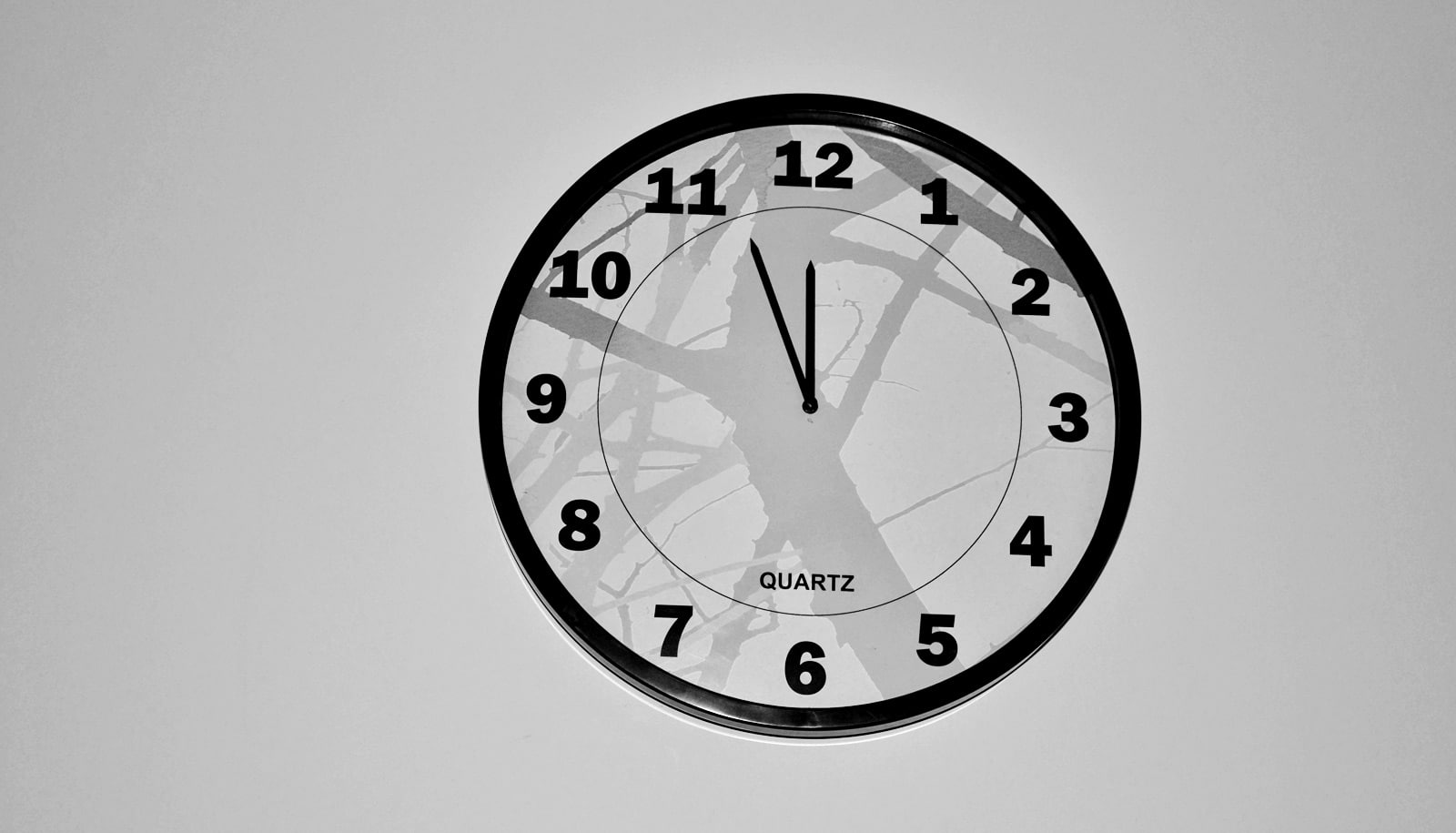Circadian rhythms could hold the key to novel therapies for glioblastoma, the most prevalent type of brain cancer in adults—and one with a grim prognosis.
In research with cell cultures, scientists determined that the timed production of a particular protein associated with tumor proliferation and growth is disrupted in glioblastoma cells. The discovery may lead to a more effective technique to treat the cancerous cells without damaging the healthy surrounding tissue.
Biologist Deborah Bell-Pedersen of the Texas A&M University’s Center for Biological Clocks Research, a co-corresponding author of the study, found in her previous research that the biological clock in the model fungal system Neurospora crassa controls daily rhythms in the activity of a signaling molecule called p38 mitogen activated protein kinase (MAPK). This signaling protein plays a role in glioblastoma’s highly invasive and aggressive properties.
In the new research, David J. Earnest, a mammalian biological clocks expert at the Texas A&M College of Medicine and a co-corresponding author of the study, collaborated with Bell-Pedersen to show that the clock controls daily rhythms in p38 MAPK activity in a variety of mammalian cells as well, including normal glial cells, the supporting “helper” cells surrounding neurons. Furthermore, their work found that such regulation is absent in glioblastoma cells.
“We tested to see if inhibition of this cancer-promoting protein in glioblastoma cells would alter their invasive properties,” says Bell-Pedersen. “Indeed, we found that inhibition of p38 MAPK at specific times of the day—times when the activity is low in normal glial cells under control of the circadian clock—significantly reduced glioblastoma cell invasiveness to the level of noninvasive glioma cells.”
These findings indicate that glioblastoma might be a good candidate for chronochemotherapy—treating cancer at specific times of day to get the most impact.
“Chronotherapeutic strategies have had a significant positive impact on the treatment of many types of cancer by optimizing the specific timing of drug administration to improve the efficacy and reduce the toxicity of chemotherapy,” Bell-Pedersen says. “However, circadian biology has not been applied to the development of chronotherapeutic strategies for the treatment of glioblastoma, and clinical outcomes for this common primary brain tumor have shown limited improvement over the past 30 years.”
An awful diagnosis
Glioblastomas gained some attention this summer when United States Senator John McCain was diagnosed with the condition.
“A big reason for poor prognosis for patients with this aggressive type of tumor is that the glioblastoma cells rapidly and unabatedly invade and disrupt the surrounding brain cells,” says Gerard Toussaint, a clinician and assistant professor at the Texas A&M College of Medicine who specializes in glioblastoma.
Current treatments—including chemotherapy, surgical resection, immunotherapy, and radiation—are largely ineffective in prolonging life expectancy beyond 18 months.
Time of day
“We found that an inhibitor of p38 MAPK activity would make the cells behave less invasively, and if you can control the invasive properties, you can improve prognosis,” Earnest says.
Is saturated fat more dangerous at breakfast?
In addition, the team’s data indicate such treatment may be more effective and less toxic if administered at the appropriate time of the day. This reduced toxicity is important, because a drug to inhibit the cancer-promoting activity of this protein was tested but found to be too harmful, with too many side effects.
“If treatment with the drug can be timed to when the normal glial cells naturally have low activity of p38 MAPK, the addition of the drug might not be as toxic for these cells and yet would still be very effective on the cancerous cells,” Earnest says.
Next steps
Although promising, the current studies were done using cell cultures. The team’s next step is to test p38 inhibitor chronochemotherapy in an animal model for glioblastoma. If successful, they would then move on to clinical trials.
Stroke risk climbs if you work weird hours
“We work on a model system, and the reason to do that is that we can make progress quickly,” Bell-Pedersen says. “We always hope that what we’re working on will lead to something useful, and I think this is a prime example of how putting effort into basic research can pay off. We’re very hopeful and encouraged by our data that we’ll find a treatment.”
Charles S. Goldsmith, first author of the study and a previous graduate student in the Interdisciplinary Genetics Program who completed his dissertation research in Bell-Pedersen’s lab, initiated the work.
The National Institutes of Health contributed support to the work, which appears in the journal BioMedCentral Cancer.
Source: Texas A&M University



